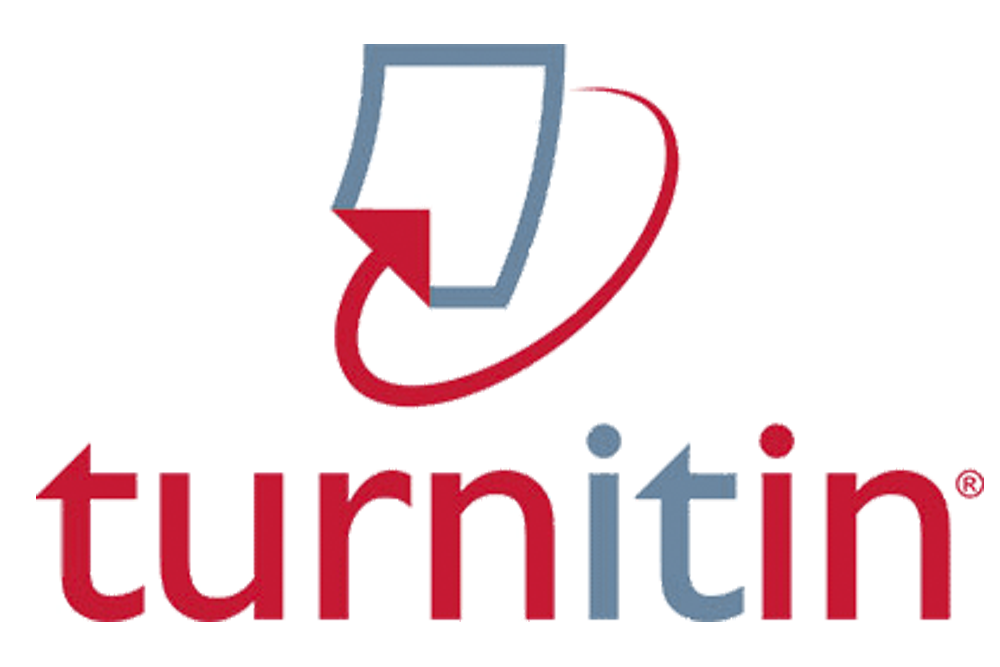IDENTIFIKASI BIJIH BESI (Fe) MENGGUNAKAN METODA GEOLISTRIK RESISTIVITAS KONFIGURASI WENNER- SCHLUMBERGER DI KABUPATEN LUWU
DOI:
https://doi.org/10.20956/geocelebes.v1i2.2793Abstract
Telah dilakukan penelitian untuk mengidentifikasi sebaran bijih besi di Kecamatan Walenrang, Kabupaten Luwu, Sulawesi Selatan dengan menggunakan metoda geolistrik tahanan jenis konfigurasi Wenner-Schlumberger. Hasil survey resistivity berupa penampang 2-D dan blok model 3-D yang memberikan informasi mengenai sebaran bijih besi, dimana penyebaran terbesar berada di sebelah barat daerah penelitian dengan arah timur laut - barat daya. Data resistivitas dari penampang resistivitas 2-D yang diperoleh dari pengukuran lintasan 1 sampai dengan pengukuran lintasan 4 di lapangan yaitu zona lapisan bijih besi magnetite berada pada resistivitas ρ < 40 Ωm, zona pelapukan batuan andesit dengan resistivitas 40 Ωm < ρ < 250 Ωm dan zona batuan basalt dengan resistivitas tinggi ρ > 250 Ωm yang sesuai dengan yang ditemukan bagian barat daerah penelitian yaitu di lembah buntu Mario dan buntu Sikuku hingga ke buntu Andulan bagian utara ada boulder magnetis yang tersebar di aliran sungai lamasi diperkirakan berasal dari zona potasik.Downloads
Published
2017-10-28
How to Cite
Sunarya, W., Hasanuddin, H., Syamsuddin, S., Maria, M., & Syamsuddin, E. (2017). IDENTIFIKASI BIJIH BESI (Fe) MENGGUNAKAN METODA GEOLISTRIK RESISTIVITAS KONFIGURASI WENNER- SCHLUMBERGER DI KABUPATEN LUWU. JURNAL GEOCELEBES, 1(2), 72–81. https://doi.org/10.20956/geocelebes.v1i2.2793
Issue
Section
Articles
License
Authors who publish with this journal agree to the following terms:
- Authors retain copyright and grant the journal right of first publication with the work simultaneously licensed under a Creative Commons Attribution License that allows others to share the work with an acknowledgement of the work's authorship and initial publication in this journal.
- Authors are able to enter into separate, additional contractual arrangements for the non-exclusive distribution of the journal's published version of the work (e.g., post it to an institutional repository or publish it in a book), with an acknowledgement of its initial publication in this journal.
- Authors are permitted and encouraged to post their work online (e.g., in institutional repositories or on their website) prior to and during the submission process, as it can lead to productive exchanges, as well as earlier and greater citation of published work (See The Effect of Open Access).





